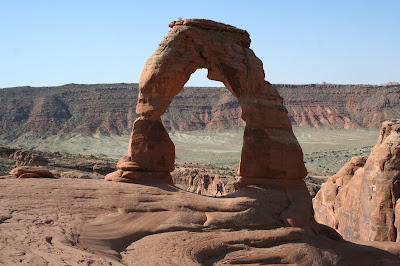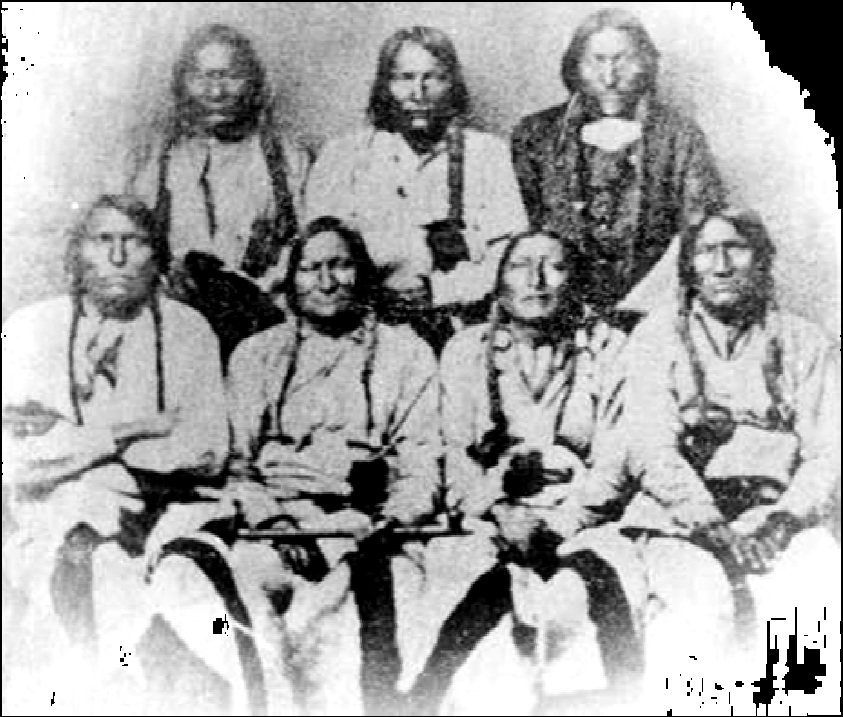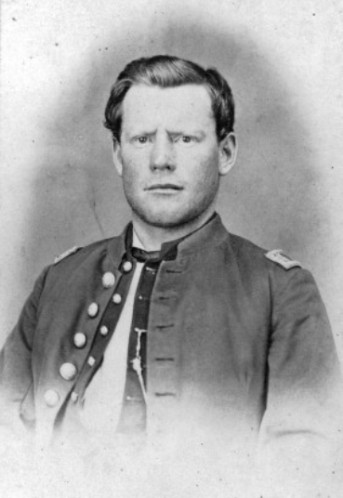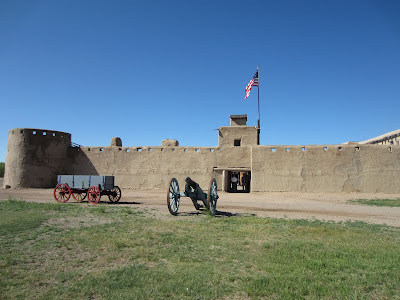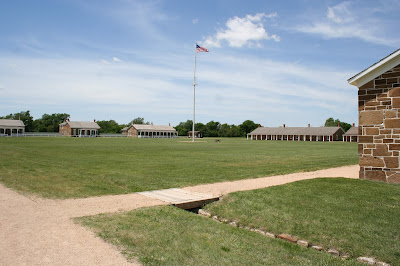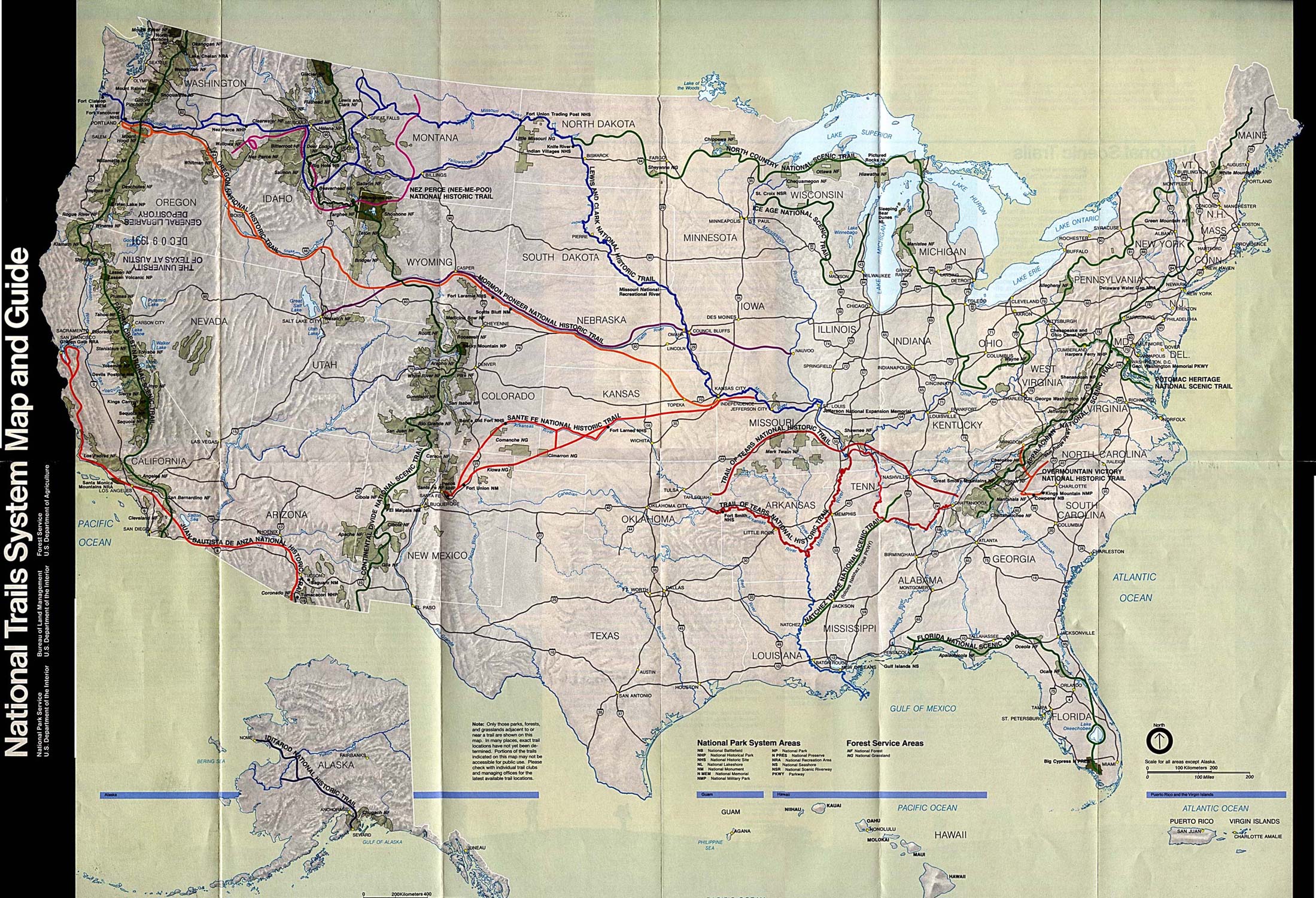Minidoka National Historic Site
 |
| The reconstructed watchtower at Minidoka NHS (Photo by Hunner) |
In south central Idaho, the NPS is restoring a field of
dreams. At the site of a World War II internment camp for Japanese-Americans and
Japanese residents at Minidoka, NPS staff and volunteers have recently built a
baseball field among the worn buildings, the collapsed root cellar, and the crumbling
concrete pads that once housed 10,000 “evacuees” who were in fact prisoners of
the US government. From August 1942 to October 1945, Japanese and
Japanese-Americans from the exclusion zone of Alaska, Washington, and Oregon
lived in tar paper buildings and created a community which became
self-sufficient. And played baseball.
I visited Minidoka on the Sunday of Memorial Day weekend. I
was surprised by the number of visitors to this isolated rural place. Cars of
local people drove up, a group on rugged ATVs stopped by, and many listened to
the two Japanese-Americans who had come to remember their past on this weekend
of remembrance. Stan Iwakiri had brought his family to visit the site which he
does annually. I caught them just as they were leaving. He was three months old
when his family got off a train at nearby Eden, rode a bus to Hunt Camp as it
was called, and lived for the duration of the war. His father was a logger in
the Seattle area and because of Executive Order 9066 signed by President
Roosevelt on February 19, 1942, got caught in the sixty mile corridor along the
Pacific coast which excluded people of
Japanese ethnicity. At the entrance to the historic site, Stan pointed to black
lava rock ruins of two adjacent buildings. He said: “One was the police station
and the one next door the welcome center.” We exchanged a look, and then we
both laughed.
 |
| Stan Iwakiri who arrived at Minidoka at the age of 3 months with his family (Photo by Hunner) |
The other Japanese American citizen there on Memorial Sunday
asked for anonymity. She was born at Minidoka and invited me to follow her and
her friends to the Honor Roll, Block 22, and the baseball field, which she had
helped rebuild that weekend.
Minidoka was one of ten War Relocation Authority (WRA) camps
used to carry out the government's system of detention of persons of Japanese ethnicity,
mandated by Executive Order 9066. The Order eliminated the constitutional
protections for citizens of due process and violated the Bill of Rights.
Two-thirds of the 120,000 persons of Japanese descent incarcerated in American
concentration camps were American citizens, an act that reflected decades of
anti-Japanese discrimination and then war time propaganda.
| WRA camps during World War II |
The WRA used Bureau of Reclamation land for this camp. As an
instant city, Minidoka by the end of the war was the seventh largest city in
Idaho. The Minidoka Relocation Center was a 33,000 acre site with more than 600
buildings. In the spring of 1942, the Morrison-Knudsen Company from Boise
received a contract worth $4,626,132 to put up thirty-five residential blocks,
each block with twelve barracks. Each 20 x 120 foot barrack had six rooms for
families or groups of individuals. Each residential block had a mess hall, a
recreation hall, and an H-shaped lavatory building with toilets, showers, and a
laundry. The small city also had a 197 bed hospital, a library, two elementary
schools, a junior high and a high school with 1,225 students, stores, barber
and beauty shops, a watch repair shop, a fish market, sport teams, a recreation
hall shared by churches, swing bands, and movies, and two fire stations manned
by the internees. Additionally, to provide for the 10,000 internees, the camp
had seventeen warehouses, a motor repair shop, and administrative offices. It
was in operation from August 1942 until October 1945.
School children at Minidoka (http://historymatters.gmu.edu/) |
Wrenched from their homes on short notice and allowed only
one or two suitcases, many of these U.S. citizens were in shock when they
arrived in Minidoka. As one internee related: “When we first arrived here we
almost cried, and thought that this is the land God had forgotten. The vast
expanse of nothing but sagebrush and dust, a landscape so alien to our eyes,
and a desolate, woebegone feeling of being so far removed from home and
fireside bogged us down mentally, as well as physically.”[1]
| Unloading from a bus at Minidoka (Courtesy http://arcweb.sos.state.or.us/) |
Amazingly, by the fall of 1943, Minidoka was self-sufficient
in food production, and even sent excess produce to other WRA camps. The people
at Camp Hunt turned a sage brush desert into a cornucopia which that year produced
979,770 pounds of potatoes, 79,325 pounds of carrots, 101,814 pounds of
cabbage, and turned out 1,000 eggs a day. The next year, Minidoka harvested 7.3
million pounds of produce. The elders at the camp told others “Shikataga nai,” meaning “There is
nothing we can do about it so make the best of it.”
Some of the men in camp enlisted and fought in Europe. These
soldiers are recognized at the Honor Roll. Erected among the lava rocks that
held a victory garden, the woman who was born at Minidoka showed us the Honor
Roll. It was built to acknowledge the young men and women from the camp who
served in the military. Despite their and their families’ incarceration at
home, Japanese Americans enlisted and fought in Europe and saw some of the
bloodiest action in the Italian campaign. In fact, Minidoka had the highest
percentage of internees from the ten camps to serve in the military. The
Japanese American U.S. Army unit, the 442nd Regiment, also earned the most medals of
any unit its size with 9,486 Purple Hearts. The Honor Roll at the entrance to Minidoka pays tribute
to those who fought and died for a country who had incarcerated them.
 |
| The Honor Roll (Photo by Hunner) |
One of the ways to make the “best of it” was through playing
baseball. Baseball and softball offered an escape for some of the over 10,000
people who lived at Minidoka. Samuel O. Regalado's book Nikkei Baseball states: ”To
the evacuee, sport was not an ‘innocuous aspect of life’; it was an essential component
to their mental and emotional survival in the camps.” Local baseball coverage in
the camp newspaper rivaled stories about their fellow Japanese Americans in
combat.
 |
| Newly rebuilt Baseball diamond (Photo by Hunner) |
Soon after they arrived, internees started playing ball. Fields
sprang up around the Minidoka camp, and youngsters and adults of both sexes hit
the diamonds. The camp paper, the Minidoka
Irrigator, reported on September 11, 1943: "Yup! Old man baseball
reigns supreme among our dads and have helped make life in this camp more
pleasant for him. Without the game, he'd be lost and idleness would reign
supreme instead of baseball. They also did a swell job in providing some
exciting games for us and their sportsmanship and spirit were tops. Hats off to
our 'old men’." That same month, the
newspaper reported that young women had organized into softball teams representing
their home towns of Portland and Seattle and played against each other. The
newly rebuilt baseball diamond recalls an essential part of life at Camp Hunt
and evokes its own field of dreams.
Incarcerating U.S. citizens because of their ethnicity
violated their constitutional rights. Targeting any citizens,
whether they are European-Americans, Japanese-Americans, Native-Americans, Mexican-Americans, or
Muslim-Americans denies their rights and harms our country. The diversity of
the United States makes us stronger, not weaker, and succumbing to demagoguery
because of a national emergency or a political campaign undermines our Constitution
and our nation’s ideals. Our best idea, and we have had many, is the
declaration that all men are created equal and are endowed with inalienable
rights of life, liberty, and the pursuit of happiness. To subvert those rights
threatens our best idea.
Minidoka National Historic Site was created in 2001.
 |
| Minidoka's FIeld of Dreams (Photo by Hunner) |
